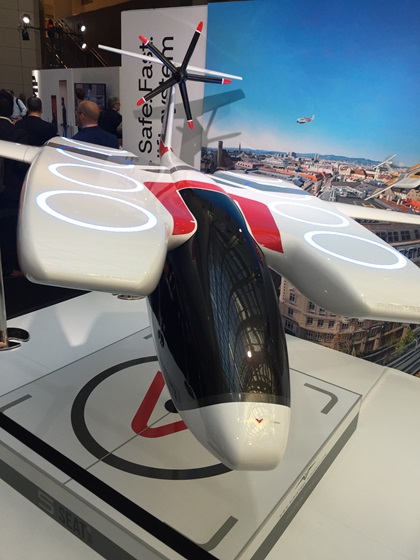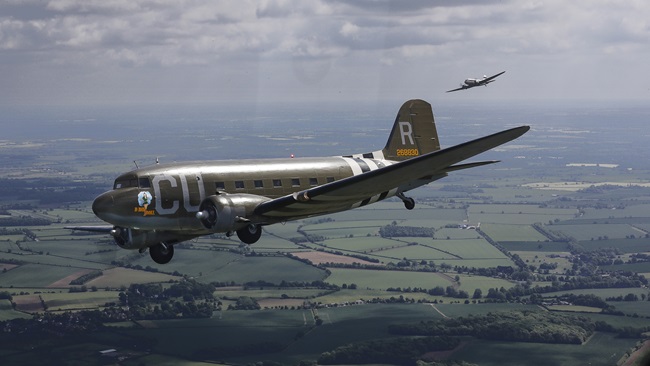Uber Copter to be first test of Uber Air concept
As it grapples to propel the urban air mobility (UAM) market of aerial ridesharing, Uber will be relying on 20th-century aircraft to help shape its future. The ground-based ride-sharing company announced that starting in July it will make Uber Copter available to its Diamond and Platinum customers on one-way trips from Lower Manhattan to John F. Kennedy International Airport in New York City.
Helicopters for the operation will be provided by HeliFlite, an existing New York Part 135 helicopter operator. The aircraft will be twin-engine turbine models flown by two pilots on the 8-minute trip from Manhattan to the airport. Typical drive times can be an hour or more for the same trip. Uber is using the service as a means of understanding how to operate a high frequency aerial service in an urban environment.

Riding sharing is critical to the success and pricing of the service. The goal, according to Swaintek, is to fill the helicopter and for customers to have to wait no more than a few minutes for a flight.
The effort will help gather data on customer preferences and fleet management that will be useful to Uber as it continues its efforts to bring the vision of UAM to fruition. While many talk about UAM and there are some 155 vertical takeoff and landing (VTOL) aircraft in development, Uber is a major driving force in bringing the concept to reality. It has partnered with six airframe manufacturers that have agreed to create aircraft that meet certain standards Uber has set regarding safety, performance, and noise signature. As those aircraft are developed, Uber is working to create a standardized safety management system that will be overlaid on its flight management system to assure a level of safety equal to that enjoyed by the airlines. Meanwhile, it is also working with NASA and the FAA among others to develop a low-altitude air traffic management system to allow great numbers of such vehicles to fly in urban areas at once. Currently, the air traffic system can handle only about six helicopters at once over an urban area, according to Uber officials. That must be increased many times over in order to achieve the sorts of efficiencies Uber needs to drive UAM ride prices down to those close to an Uber ground-based ride-sharing price. With the right efficiencies, Eric Allison, head of Uber Elevate, believes the price can be lower than the cost to own a car. “Cities live in three dimensions,” Allison said, referring to skyscrapers. “So must transportation.”
To accommodate thousands of operations a day over an urban area, Uber has partnered with several design firms to create concepts for skyports, UAM landing sites scattered around the regions.
To test these concepts, Uber is partnering with test cities of Dallas and Los Angeles, and, just announced at the summit, Melbourne, Australia—the first international location. Uber’s goal is to begin test flights in 2020 in those cities and to have commercial operations underway by 2023—all with piloted aircraft, according to Mark Moore, director of engineering and aircraft systems for Elevate. By 2026 he expects Uber Air to be optimized enough that it can be expanded to other cities. The program will be scaled up by 2028 just in time to take advantage of what Moore believes will be a second generation of eVTOL aircraft—powered by new generations of batteries, with autonomous flights to occur shortly thereafter.







